Novel microglial transcriptional signatures promote social and cognitive deficits following repeated social defeat
- PMID: 39341879
- PMCID: PMC11438916
- DOI: 10.1038/s42003-024-06898-9
Novel microglial transcriptional signatures promote social and cognitive deficits following repeated social defeat
Abstract
Chronic stress is associated with anxiety and cognitive impairment. Repeated social defeat (RSD) in mice induces anxiety-like behavior driven by microglia and the recruitment of inflammatory monocytes to the brain. Nonetheless, it is unclear how microglia communicate with other cells to modulate the physiological and behavioral responses to stress. Using single-cell (sc)RNAseq, we identify novel, to the best of our knowledge, stress-associated microglia in the hippocampus defined by RNA profiles of cytokine/chemokine signaling, cellular stress, and phagocytosis. Microglia depletion with a CSF1R antagonist (PLX5622) attenuates the stress-associated profile of leukocytes, endothelia, and astrocytes. Furthermore, RSD-induced social withdrawal and cognitive impairment are microglia-dependent, but social avoidance is microglia-independent. Furthermore, single-nuclei (sn)RNAseq shows robust responses to RSD in hippocampal neurons that are both microglia-dependent and independent. Notably, stress-induced CREB, oxytocin, and glutamatergic signaling in neurons are microglia-dependent. Collectively, these stress-associated microglia influence transcriptional profiles in the hippocampus related to social and cognitive deficits.
© 2024. The Author(s).
Conflict of interest statement
The authors declare no competing interests.
Figures
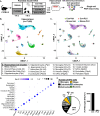
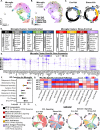
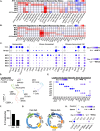

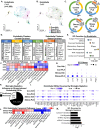
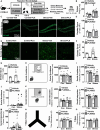



References
MeSH terms
Substances
Grants and funding
- R01 MH119670/MH/NIMH NIH HHS/United States
- R56 MH116670/MH/NIMH NIH HHS/United States
- R01-MH-119670/U.S. Department of Health & Human Services | NIH | National Institute of Mental Health (NIMH)
- R01-MH-116670/U.S. Department of Health & Human Services | NIH | National Institute of Mental Health (NIMH)
LinkOut - more resources
Full Text Sources
Molecular Biology Databases
Miscellaneous

